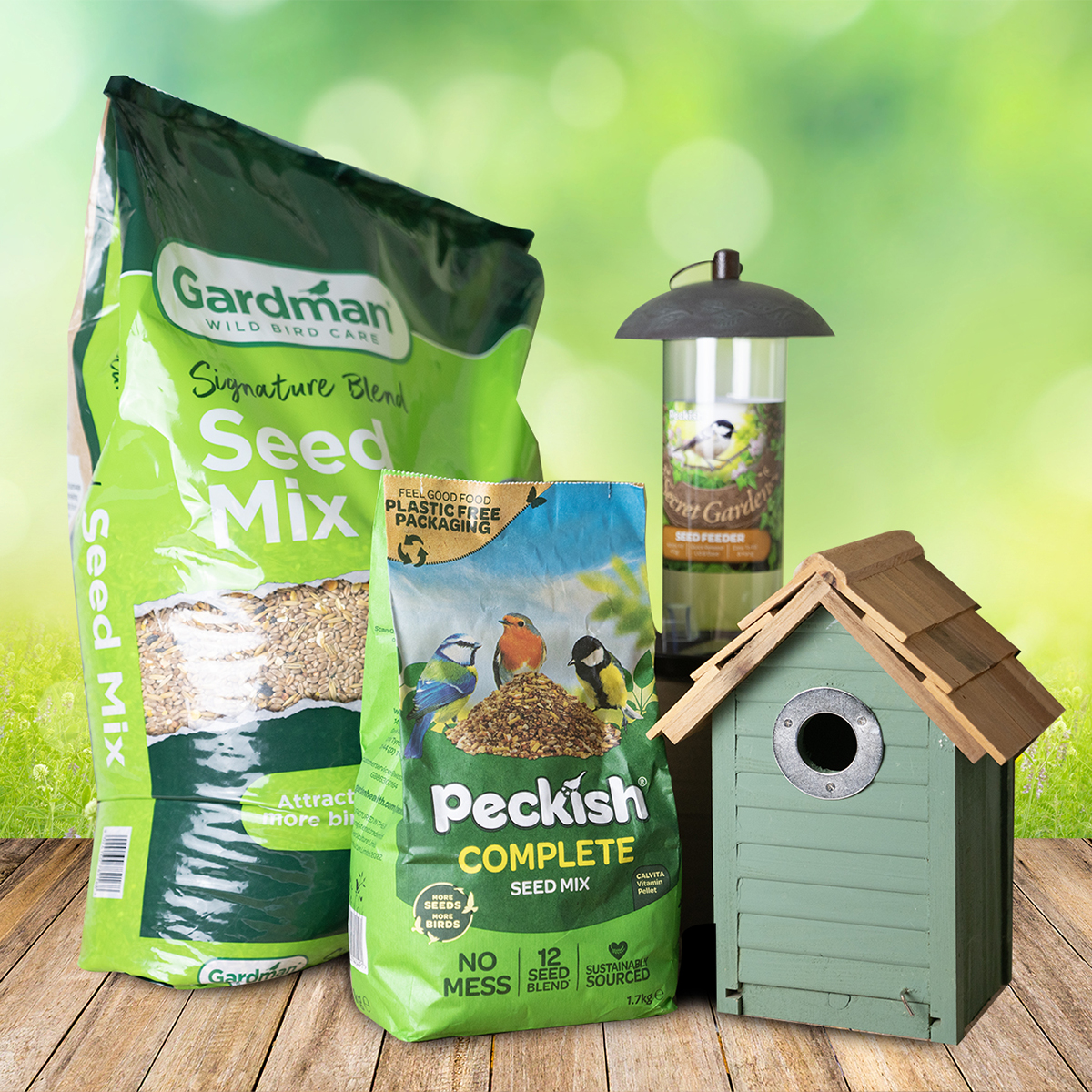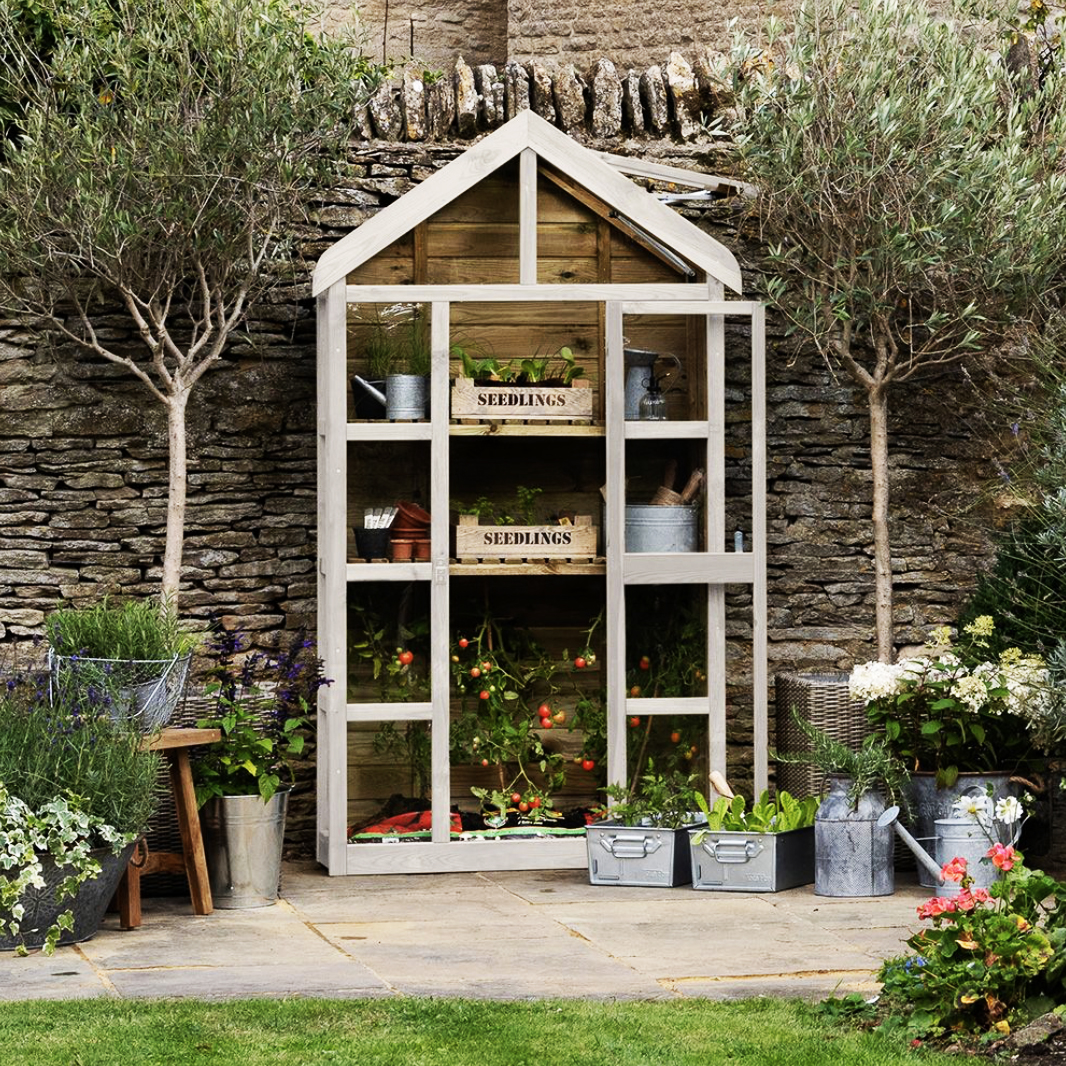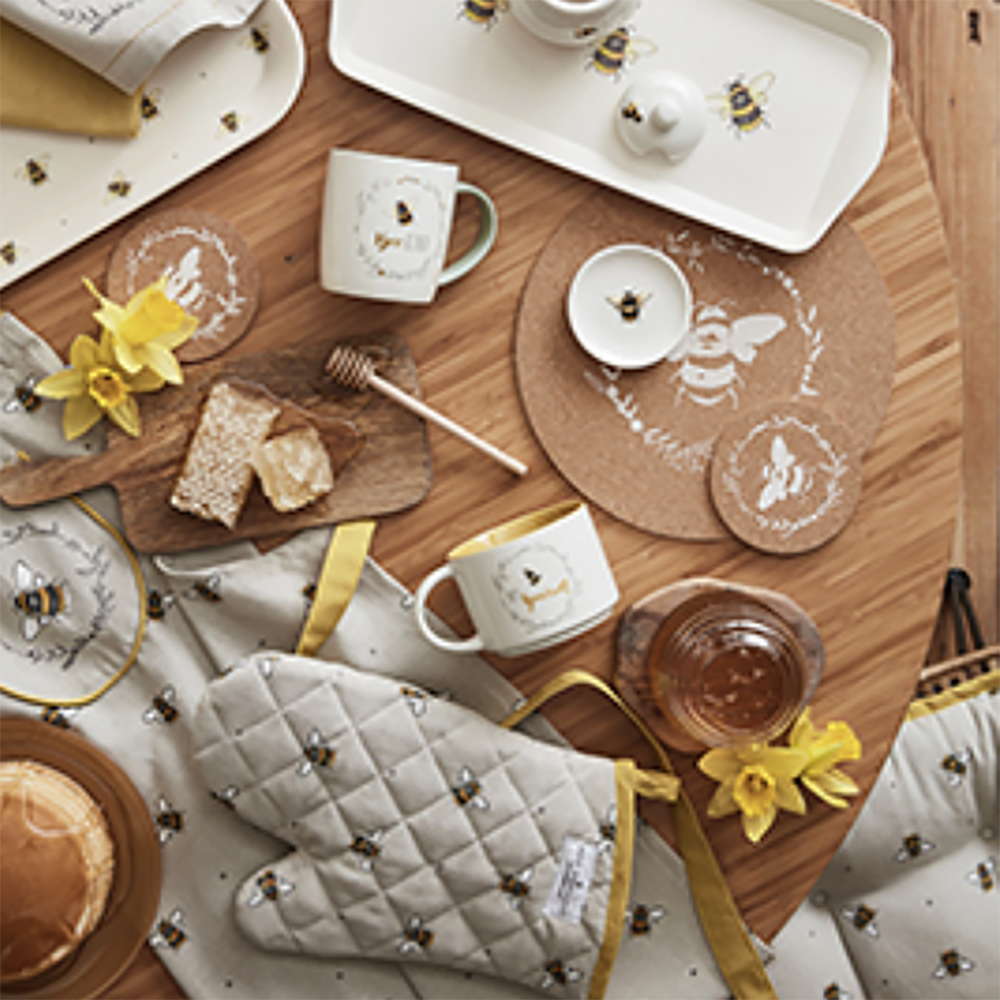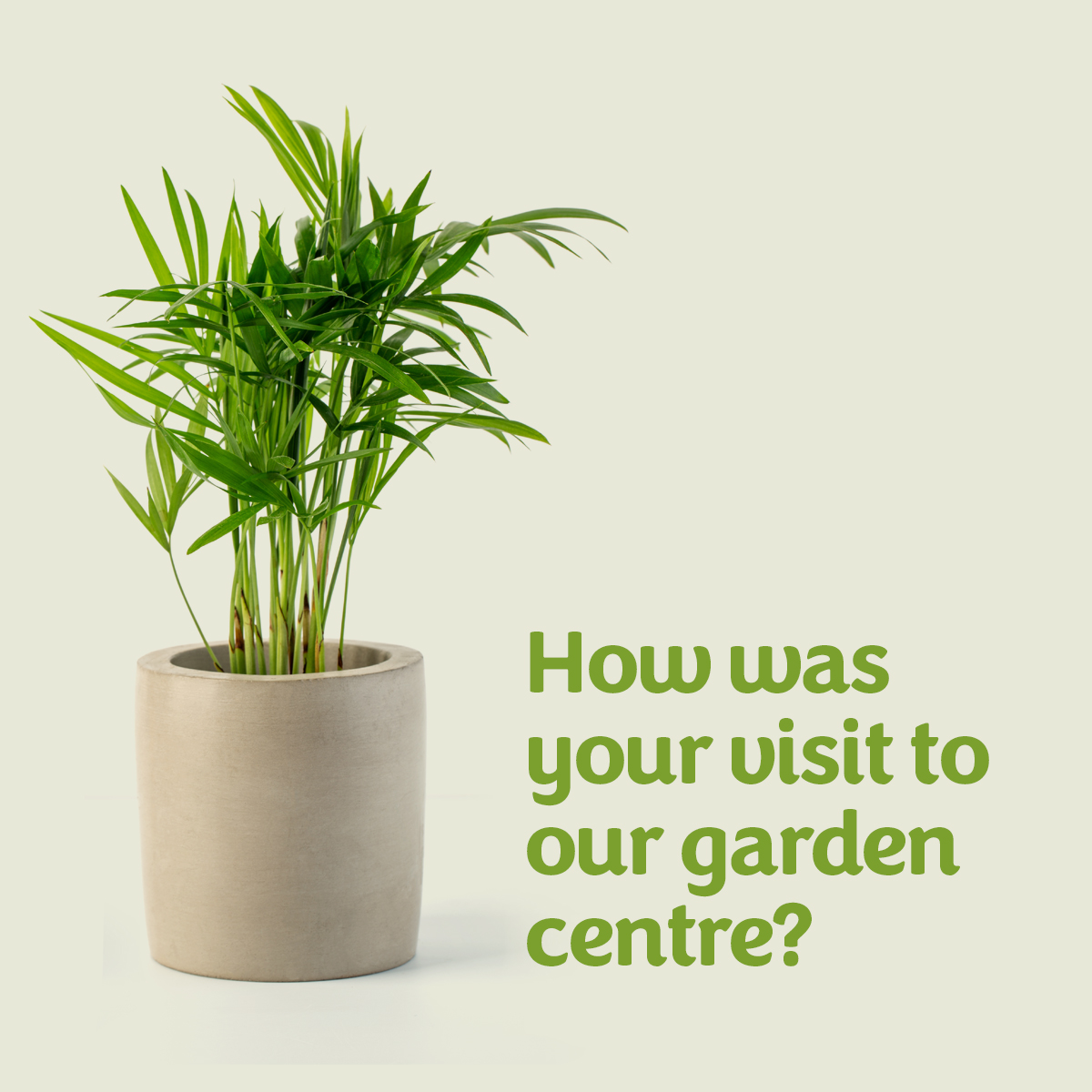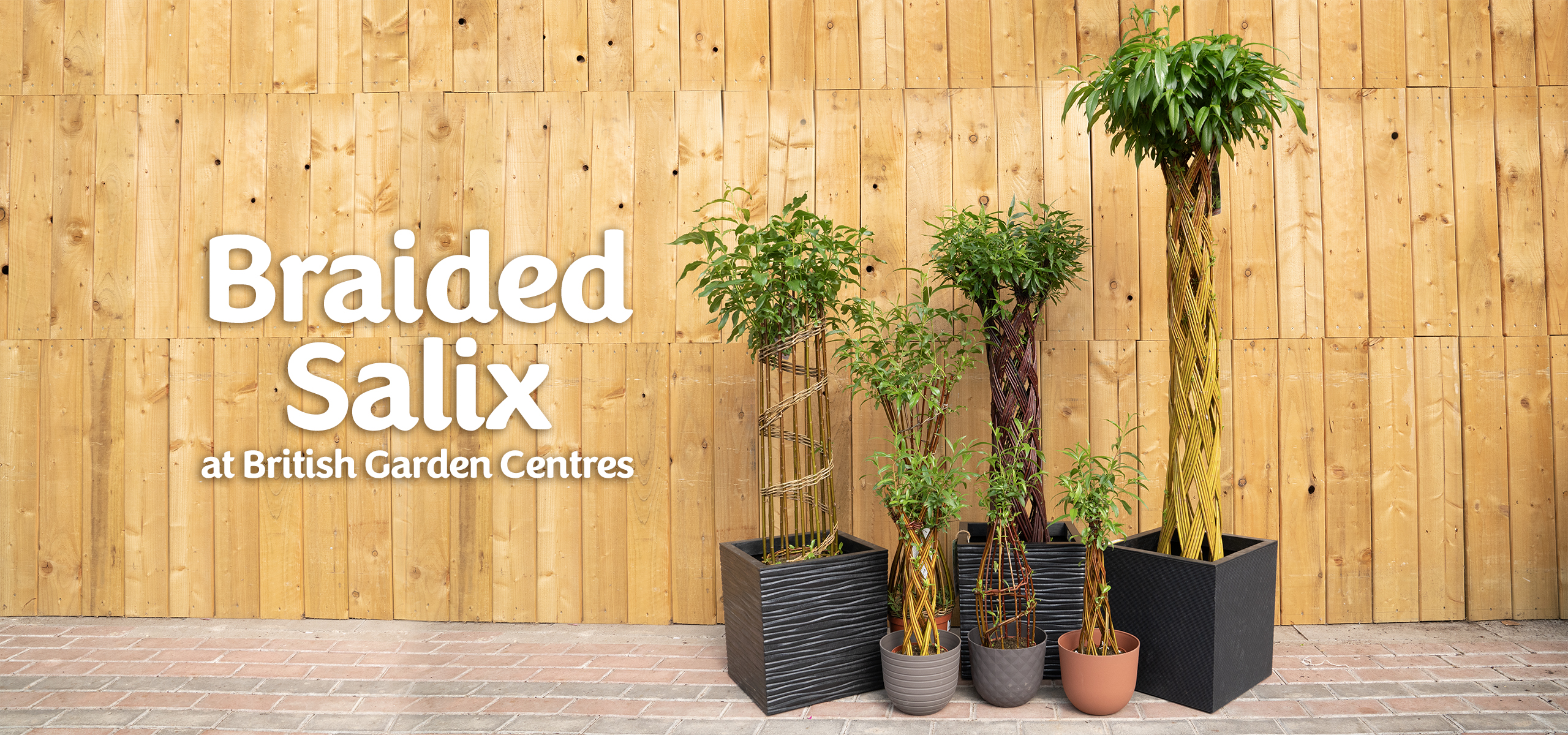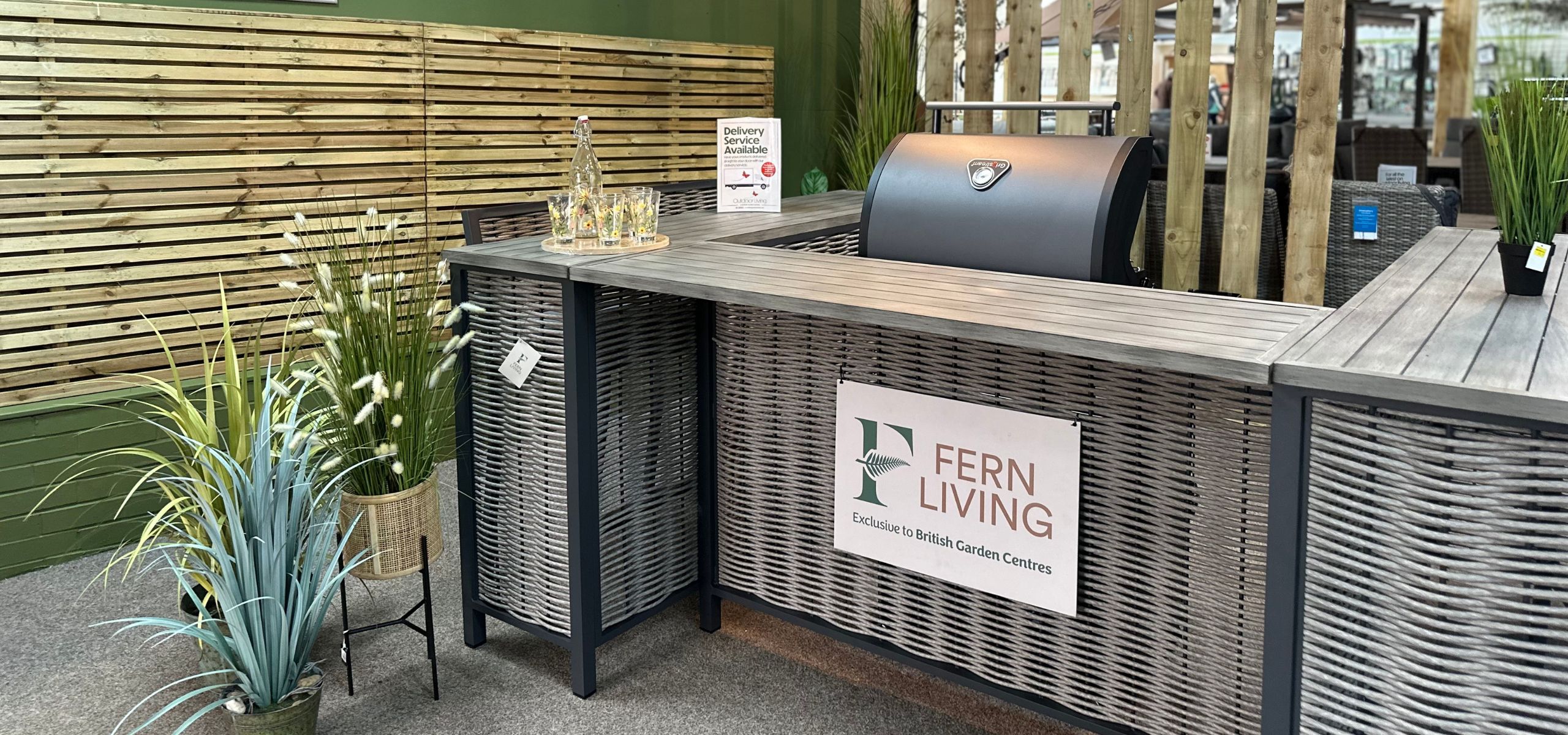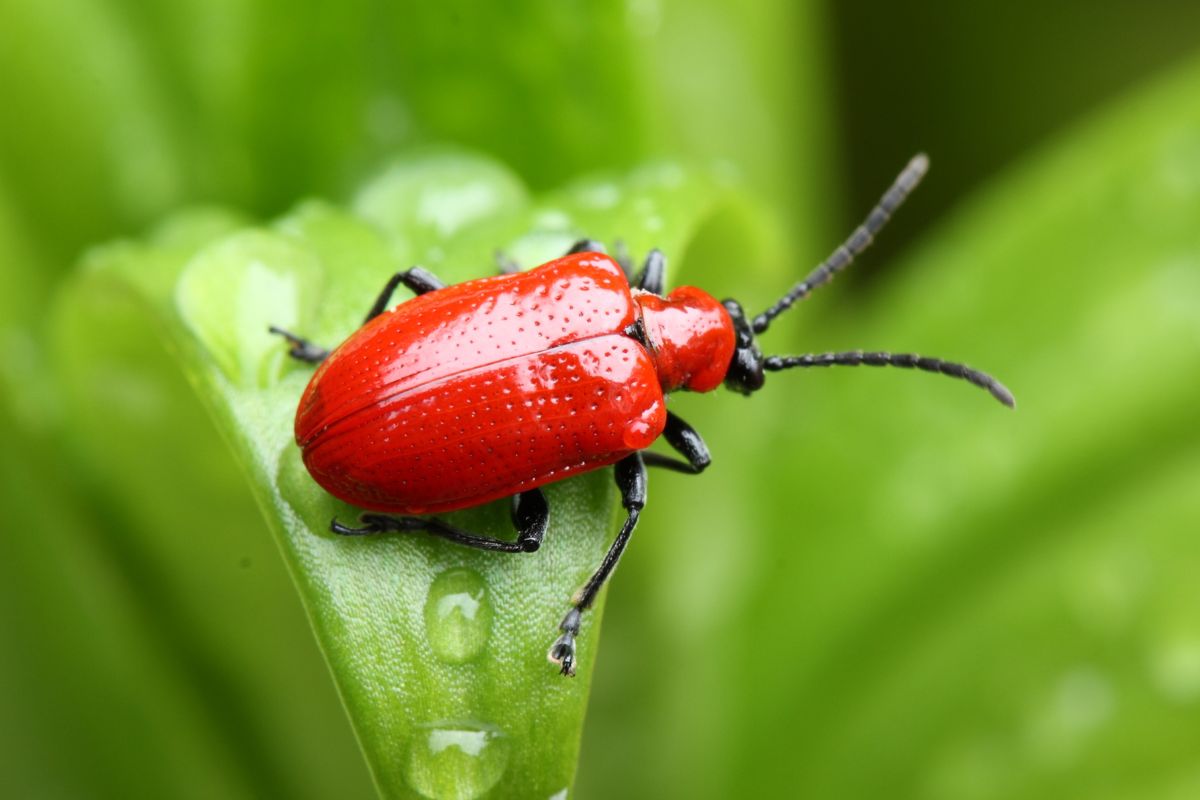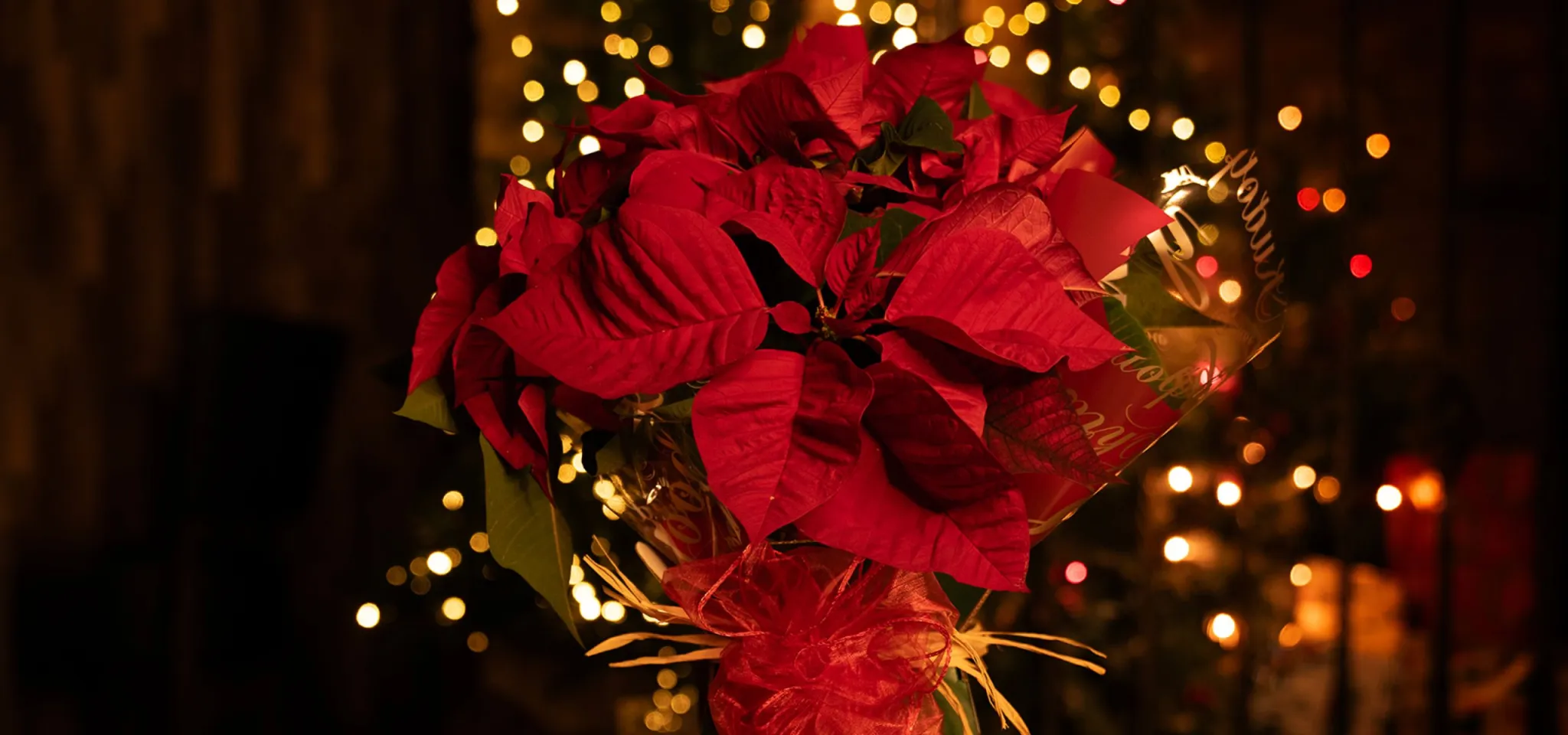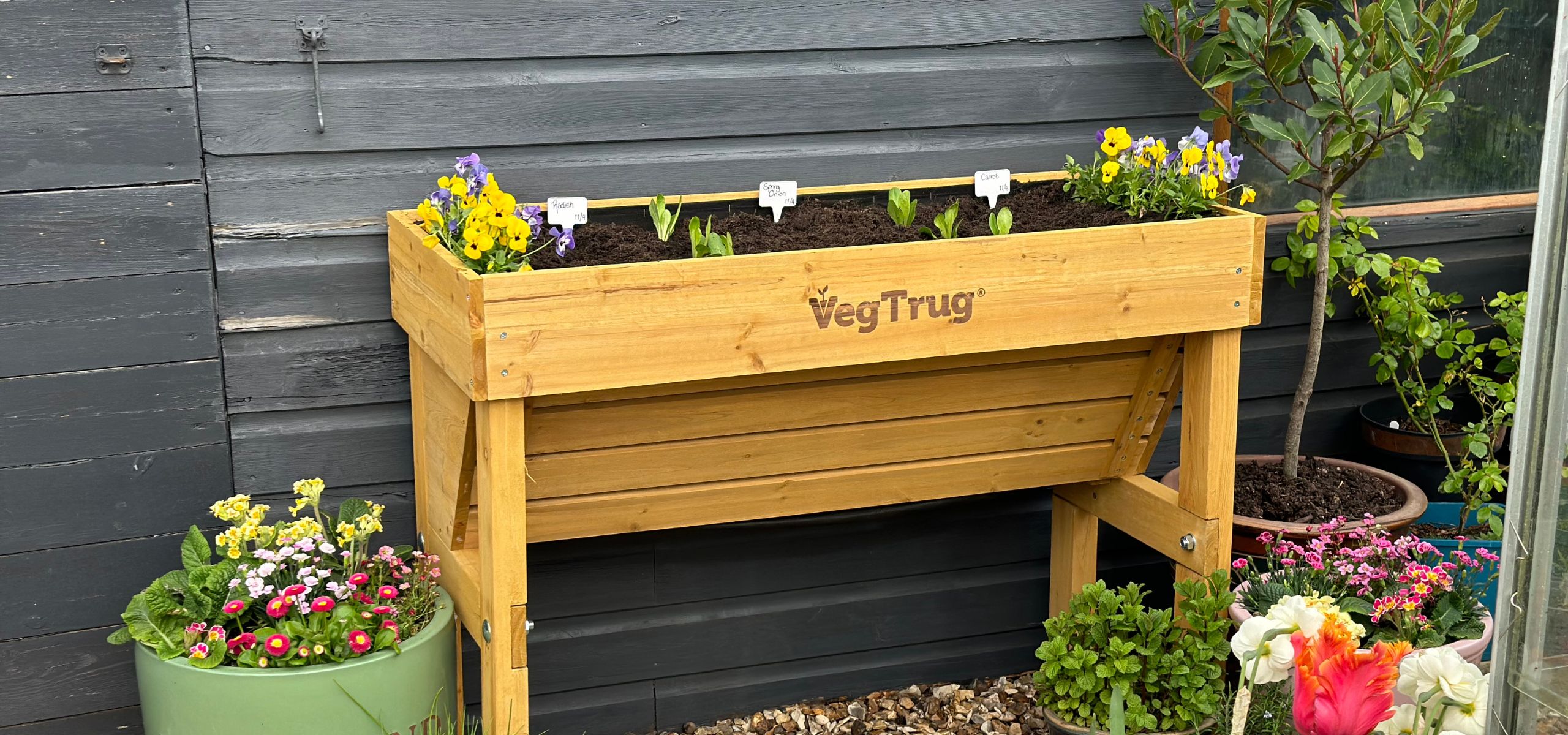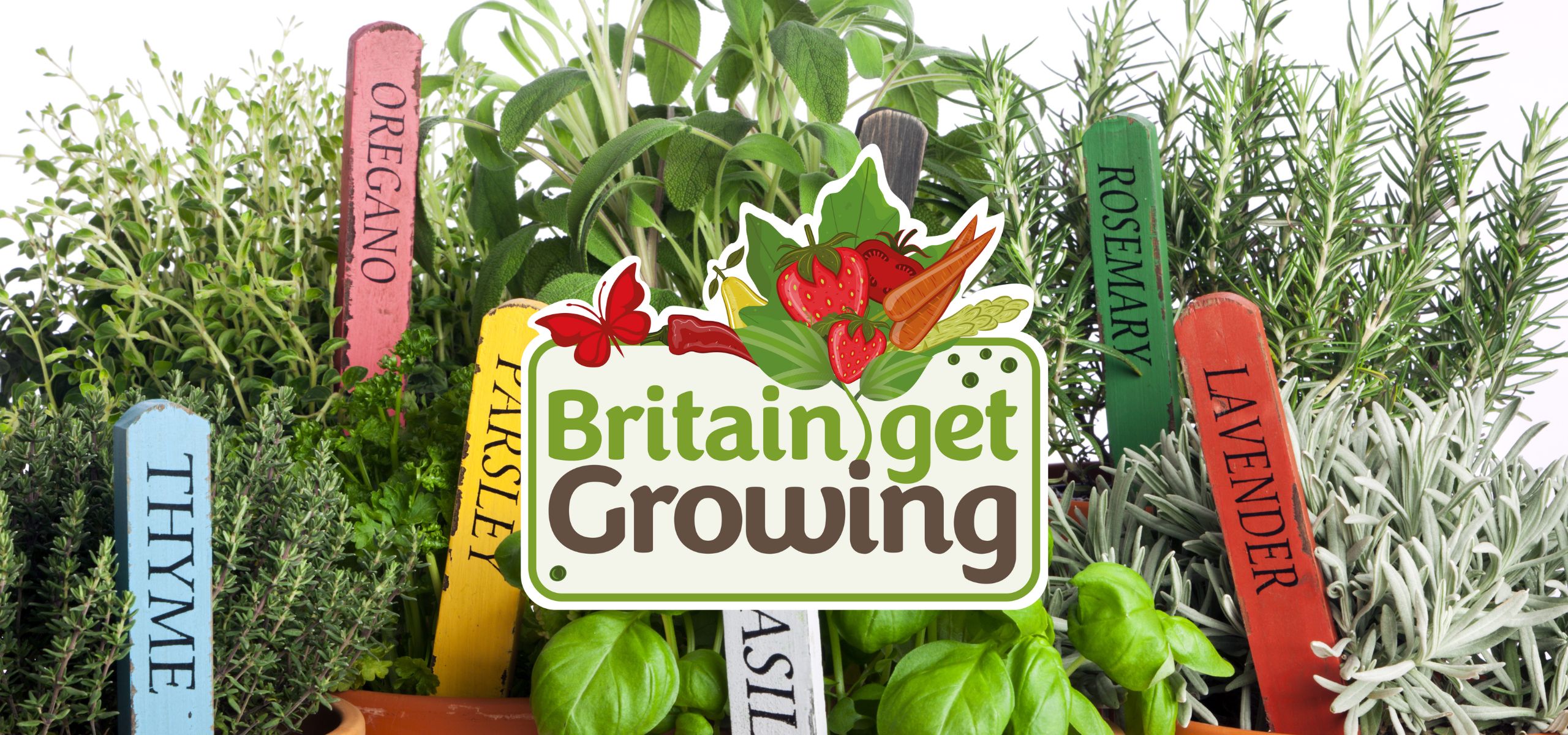For poets autumn means mists. For me it means lists! A list of spring bulbs to buy and a list of tasks to do in the next few months to prepare the garden for winter and next year.
I mentioned in my last blog that I was getting a kitten. Beautiful ginger and white Seamus has been with me now for two months and loves exploring the garden. I am conscious that two of the flowers I include in my bulbs list are poisonous to cats: daffodils and tulips. So I shall have to treat the following list as hypothetical and enjoy these plants in other people’s gardens in future.
My bulbs list usually starts with the tulips. Shall I go for a bright and vibrant colour scheme, a gentle pastel palette or deep reds and purples? I usually plant five or six large terracotta pots with tulips, sometimes with one colour per pot, or a mixture of contrasting colours. This year I tried a ‘lasagne’ with later flowering varieties in the lower layer and earlier varieties in the upper layer. Some tulip varieties flower early, in March, but I tend to choose flowers for a display in April and May, so that I can enjoy the garden with the earlier spring bulbs before the tulips take over.
My virtual list consists of mainly pink shades and some other amazing spring plants:
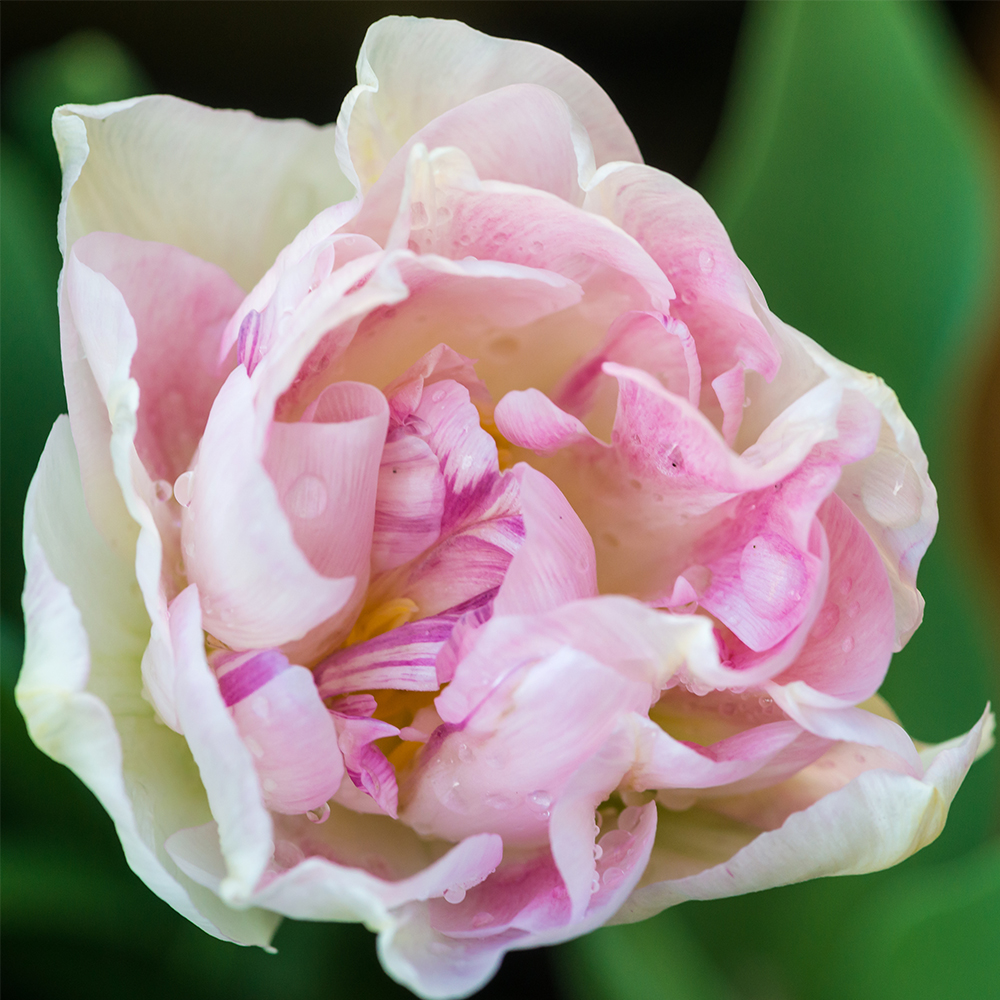
Angelique
This is a paeony-flowering tulip with many layers of petals, which are a pale pink fading to almost white at the outside edges.
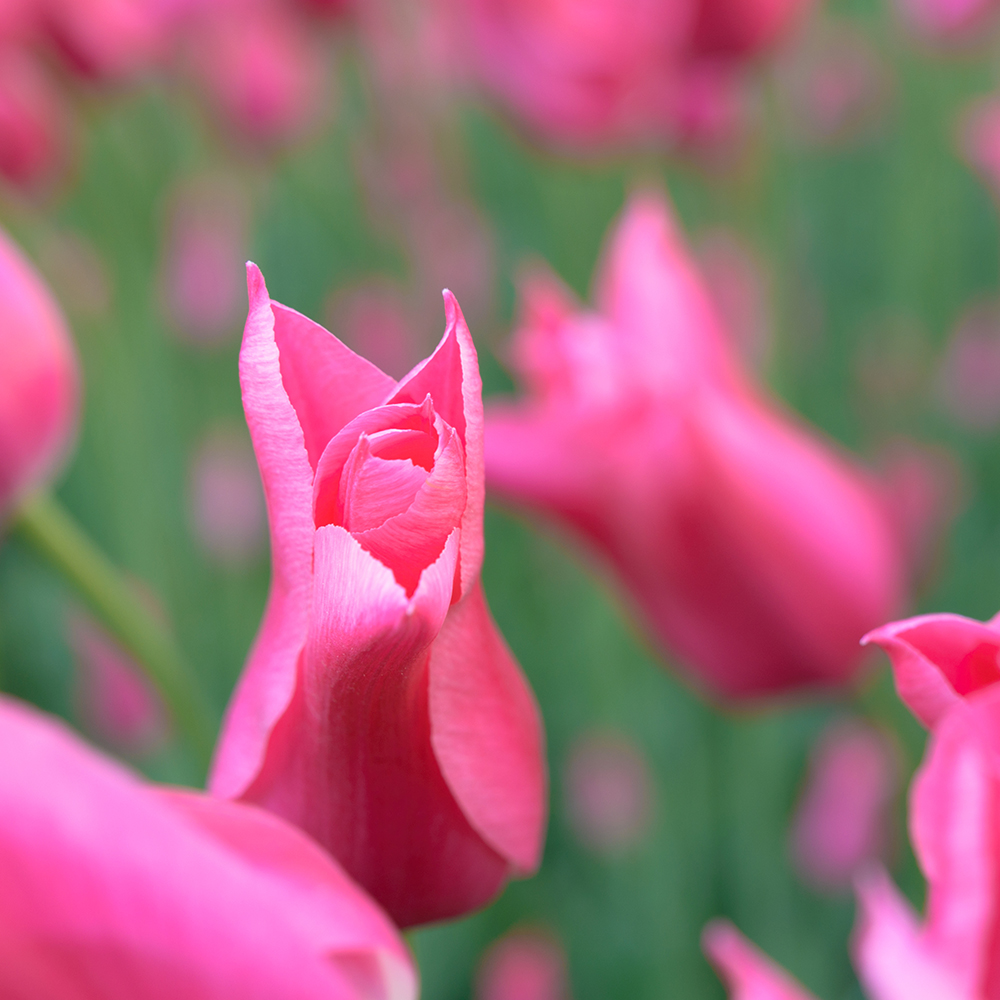
Mariette
I grew this elegant lily-flowered tulip for the first time this spring and loved its bright pink colour and pointed petals which curve around like a waisted vase and unfurl in strong sunshine.
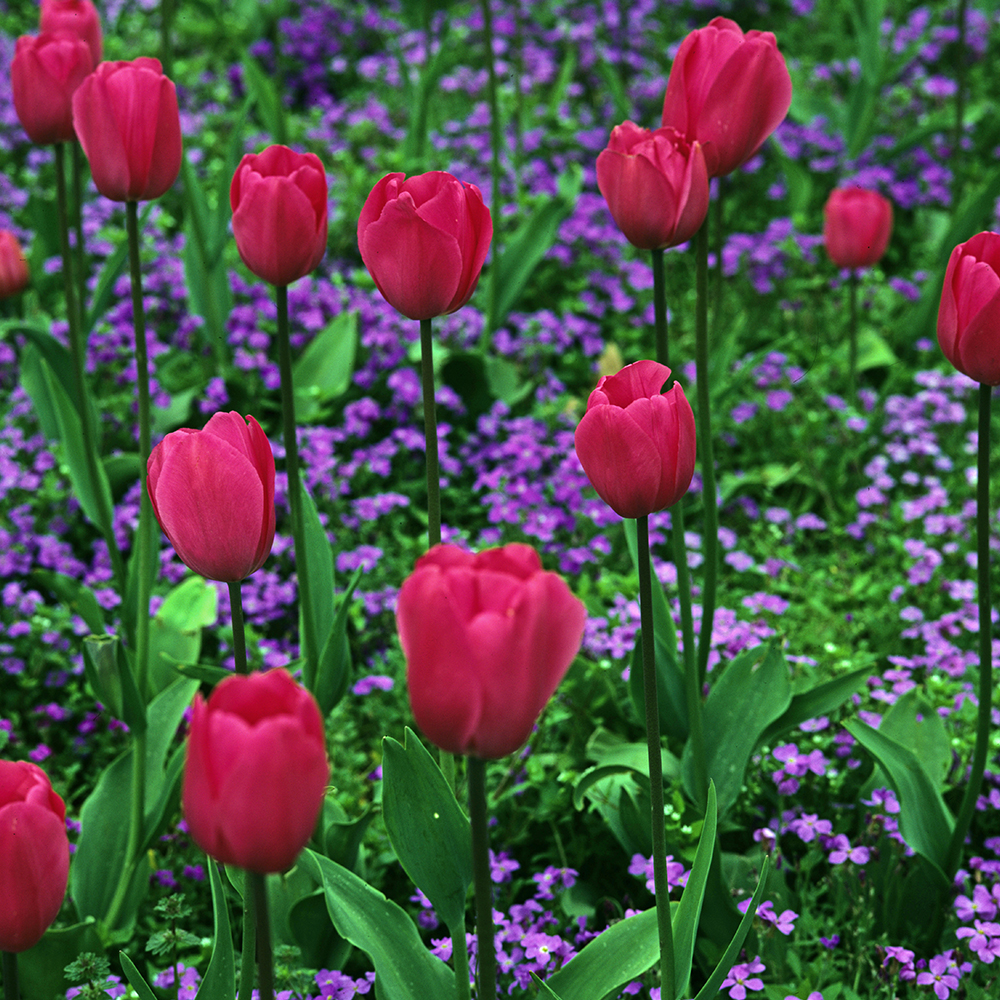
Don Quichotte
Thye have mid-pink flowers with an almost square profile. I’ve also grown it in clients’ borders where it’s done really well, having strong stems.

Iris reticulata
This flowers in February and March and it is a dainty specimen about 15cm tall with velvety purple petals blotched with gold.
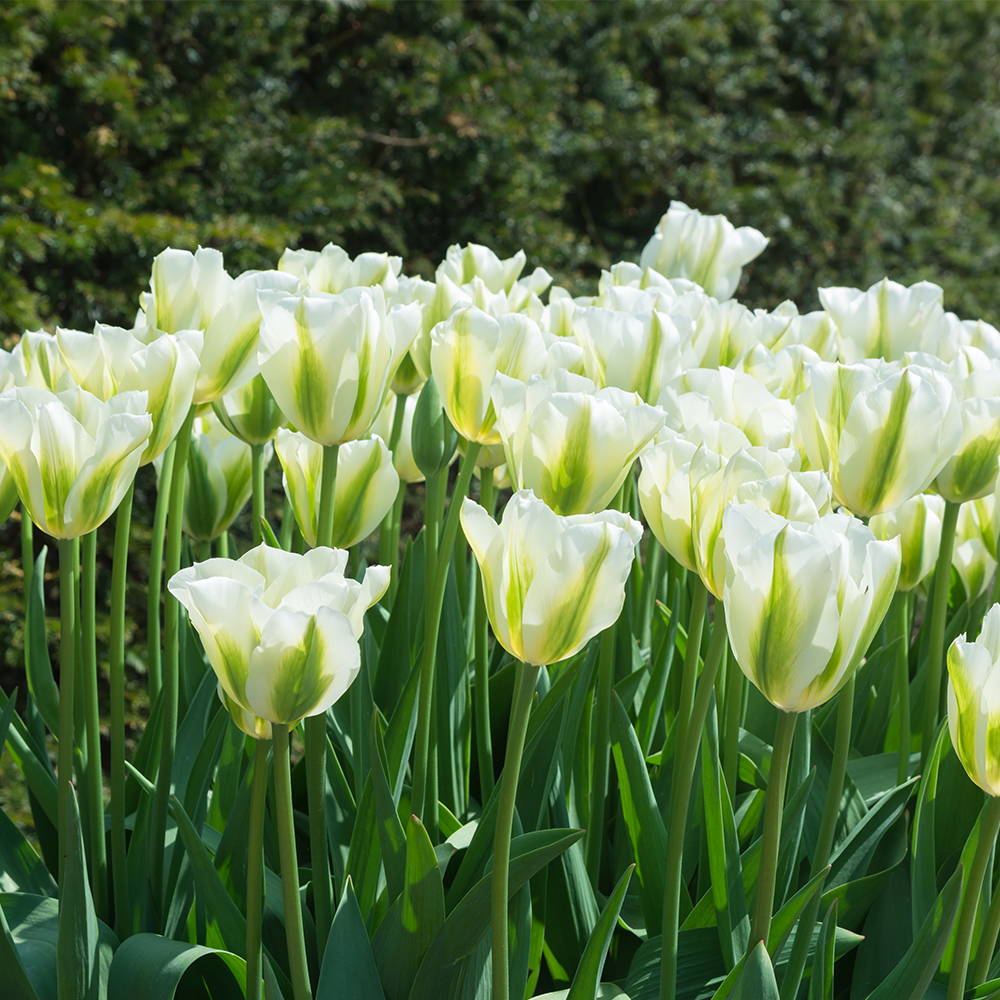
Spring Green
In contrast to the pinks, its petals are white with green feathering. I tried and failed to grow this several years ago when I think the bulbs were eaten by squirrels, so I’m determined to have another go.
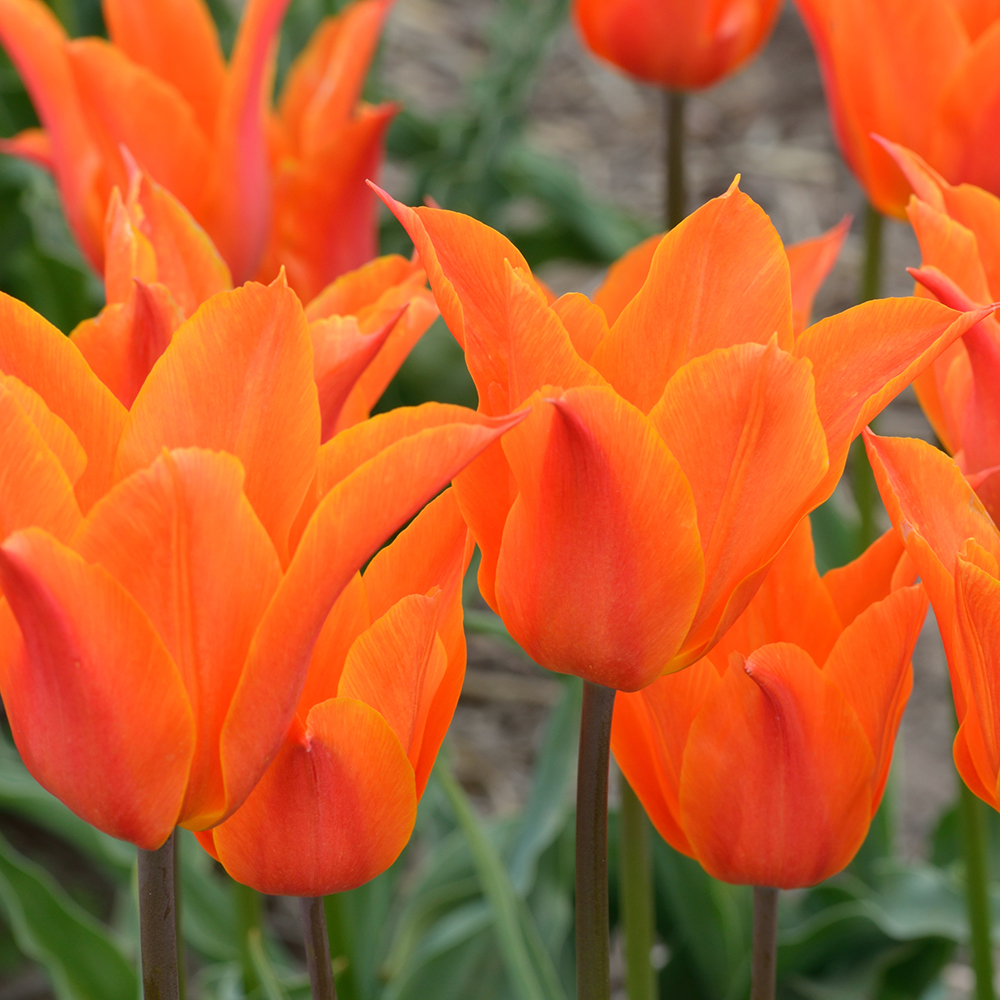
Ballerina
I grow this variety every year, whether it matches the colour scheme or not because it is just the most beautiful tulip. Graceful, as the name suggests, it is another of the lily-flowered types and is a soft shade of orange with a subtle perfume which comes as something of a surprise because I for one don’t associate tulips with scent.
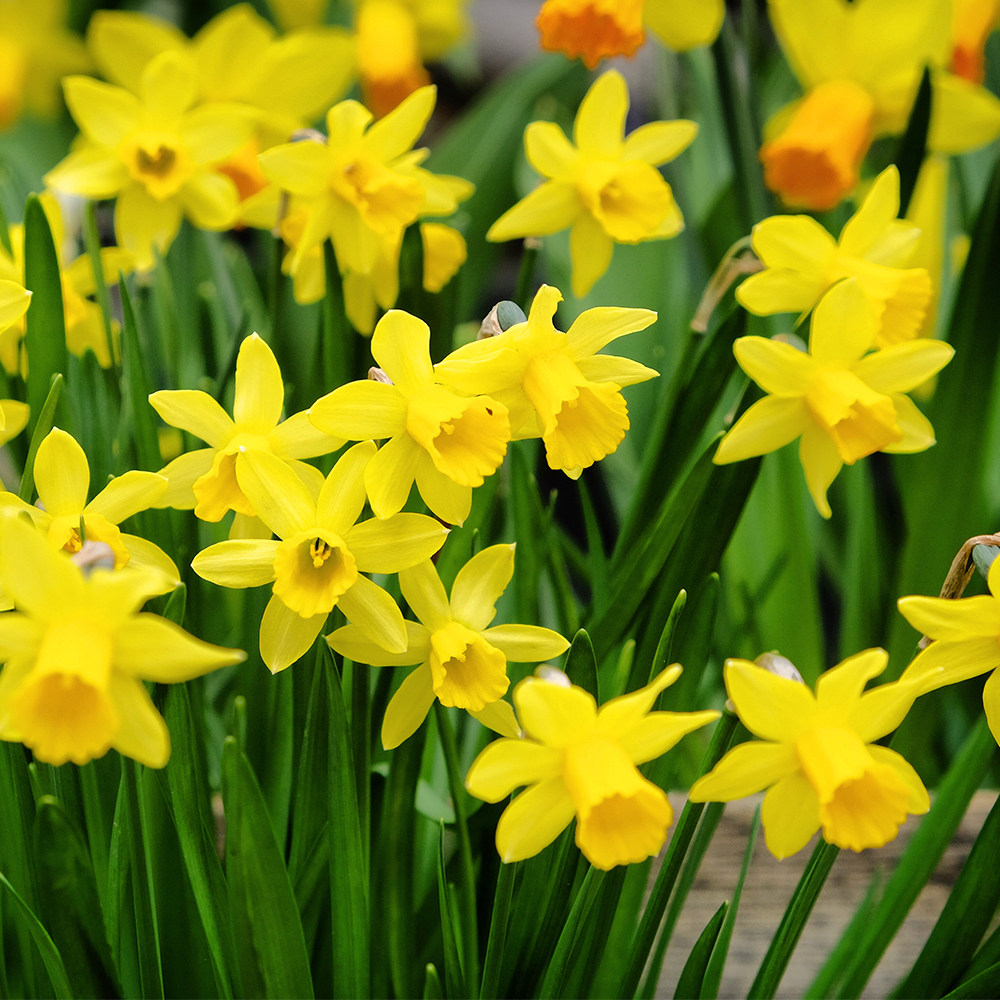
Tete-a-Tete daffodils.
These are 15-20cm tall, and are the perfect scale for small gardens and bear up to three blooms per stem. I plant them in little clumps of three or five bulbs all around the garden and feel so elated the morning in late February when I look out of the kitchen window and see the first chrome-yellow flowers on this cheerful little plant.
Autumn Tasks:
- This year the list of autumn tasks includes overhauling the east-facing border in my garden, where a shrub and a perennial have almost taken over. The shrub is Skimmia Kew Green, which is in a semi-shaded spot near the house. I shall trim it back by about 30cm to keep it as compact as possible and to prune away the leaves which have taken on that silvery sheen that evergreen leaves develop when they’ve endured exceptionally dry conditions. This despite my having emptied regular bucket-loads of grey water onto it during the heatwaves this summer. The perennial which threatens to take over the bed is the globe thistle, Echinops ritro. I think the cultivar is Taplow Blue. It’s a great plant with spherical flower heads which attract pollinators but it’s pushing the usually robust Anemone x hybrida Honorine Jobert to one side and is out of scale with the rest of the border.
- I shall introduce to the border a taller early summer flowering bulb which is becoming very popular. Hailing from North America, Camassia also known as The Quamash, have blue spiked flowers on strong stems up to 90cm high in some varieties. They look wonderful in wildflower meadows so introducing it to a mixed border is an experiment. I’ve found a medium-height cultivar Camassia leichtlinii Blue Heaven which grows to 65cm and shall start with three bulbs and see if they eventually naturalise. I see they prefer moisture-retentive soil. Every January I mulch the garden with well-rotted horse manure to add some bulk and organic matter to the very sandy soil in this area.
- Another job this season is pricking out and growing on the Wallflowers which I sowed in a seed tray a few weeks ago: Erysimum cheiri “Persian Carpet’. This is my first attempt at growing wallflowers from seed and I’m looking forward to the jewel-like colours and sweet fragrance next spring. I’ve also sown a small seed tray with an annual poppy called Lauren’s Grape, which with luck will self-seed next year so that its dark maroon-purple flowers will become a yearly fixture in the garden.
- After the severe droughts of this summer, it is a joy this month to see that most gardens have recovered well from what I saw described as a mini-autumn but which struck me as more of a ‘winter’ when lawns stopped growing and border plants drooped and died back, as they might after a severe frost. Grass has grown back with a vengeance, filling the lawnmower boxes of the gardens I maintain for my gardening clients, and plants which had looked dead a month ago are thriving. The Japanese anemones have perked up though they are not as tall as usual. Another great plant which flowers in September and October is Liriope, commonly known as lily turf. Little spires of tiny deep violet flowers clustered densely together rise up from a crown of strappy evergreen leaves which for the rest of the year look very inconspicuous.
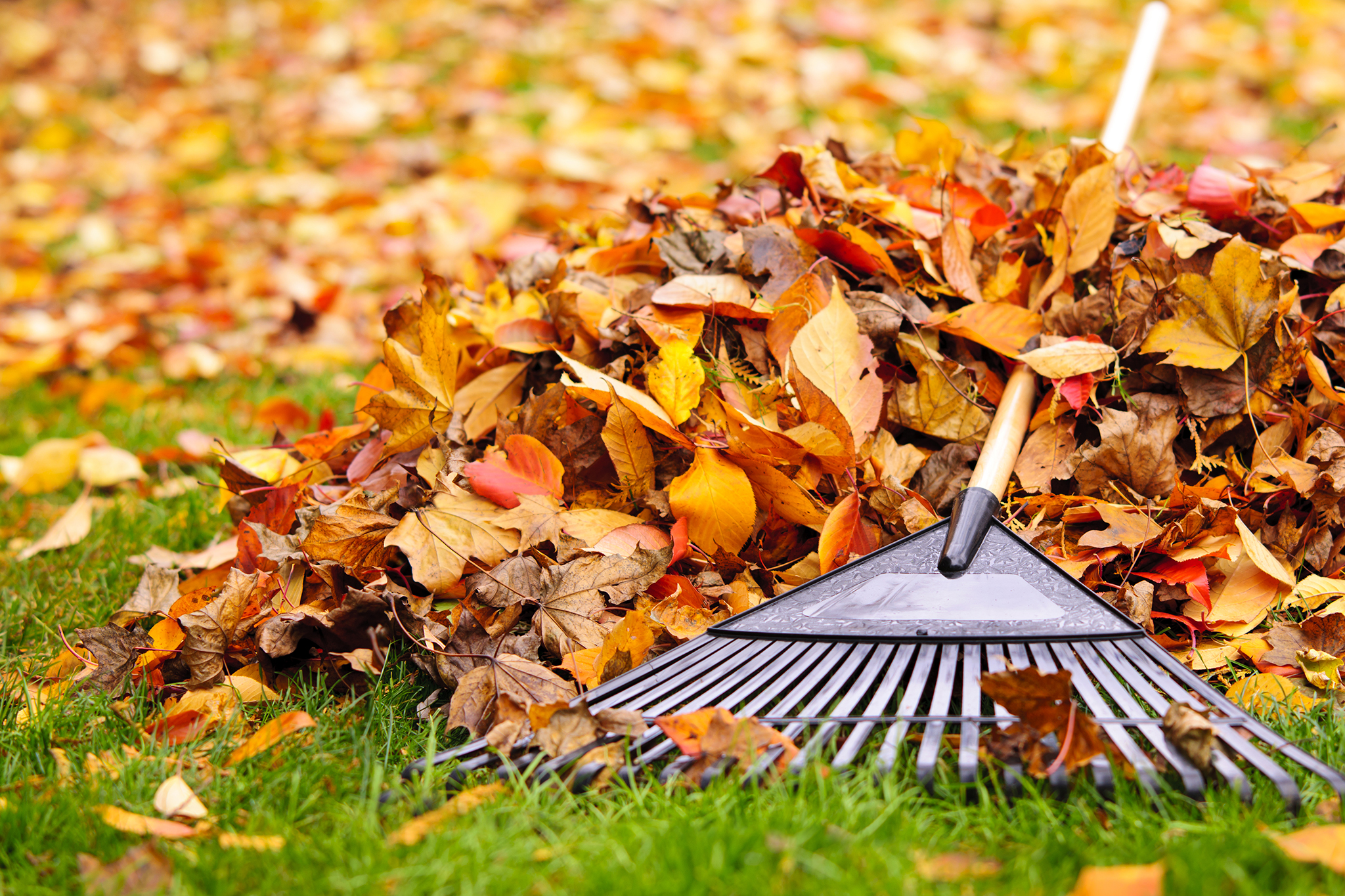
I can’t conclude a blog about autumn without mentioning that quintessential autumn garden task, leaf gathering. Sad as it is to see the leaves falling, remember that once swept up and collected (a pair of grabbers are invaluable here), they can be bagged up and stored for a year to 18 months to create leaf mould. This can be used as a mulch around precious shrubs all year round or spread across vegetable beds in late winter to enrich the soil before planting next year’s crops.





